Chien-Chih Wang
Temporal-Consistent Video Restoration with Pre-trained Diffusion Models
Mar 19, 2025Abstract:Video restoration (VR) aims to recover high-quality videos from degraded ones. Although recent zero-shot VR methods using pre-trained diffusion models (DMs) show good promise, they suffer from approximation errors during reverse diffusion and insufficient temporal consistency. Moreover, dealing with 3D video data, VR is inherently computationally intensive. In this paper, we advocate viewing the reverse process in DMs as a function and present a novel Maximum a Posterior (MAP) framework that directly parameterizes video frames in the seed space of DMs, eliminating approximation errors. We also introduce strategies to promote bilevel temporal consistency: semantic consistency by leveraging clustering structures in the seed space, and pixel-level consistency by progressive warping with optical flow refinements. Extensive experiments on multiple virtual reality tasks demonstrate superior visual quality and temporal consistency achieved by our method compared to the state-of-the-art.
KD-FixMatch: Knowledge Distillation Siamese Neural Networks
Sep 11, 2023
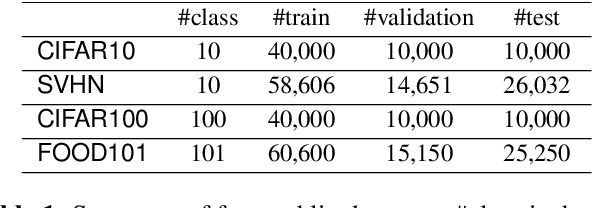

Abstract:Semi-supervised learning (SSL) has become a crucial approach in deep learning as a way to address the challenge of limited labeled data. The success of deep neural networks heavily relies on the availability of large-scale high-quality labeled data. However, the process of data labeling is time-consuming and unscalable, leading to shortages in labeled data. SSL aims to tackle this problem by leveraging additional unlabeled data in the training process. One of the popular SSL algorithms, FixMatch, trains identical weight-sharing teacher and student networks simultaneously using a siamese neural network (SNN). However, it is prone to performance degradation when the pseudo labels are heavily noisy in the early training stage. We present KD-FixMatch, a novel SSL algorithm that addresses the limitations of FixMatch by incorporating knowledge distillation. The algorithm utilizes a combination of sequential and simultaneous training of SNNs to enhance performance and reduce performance degradation. Firstly, an outer SNN is trained using labeled and unlabeled data. After that, the network of the well-trained outer SNN generates pseudo labels for the unlabeled data, from which a subset of unlabeled data with trusted pseudo labels is then carefully created through high-confidence sampling and deep embedding clustering. Finally, an inner SNN is trained with the labeled data, the unlabeled data, and the subset of unlabeled data with trusted pseudo labels. Experiments on four public data sets demonstrate that KD-FixMatch outperforms FixMatch in all cases. Our results indicate that KD-FixMatch has a better training starting point that leads to improved model performance compared to FixMatch.
CMA-CLIP: Cross-Modality Attention CLIP for Image-Text Classification
Dec 09, 2021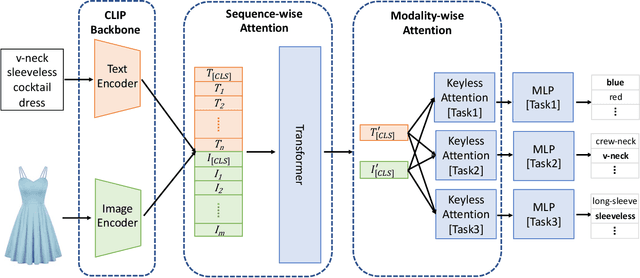
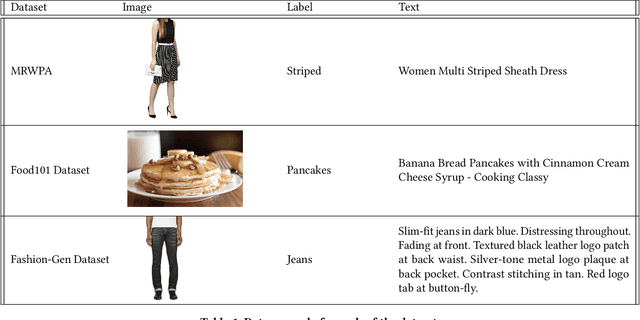

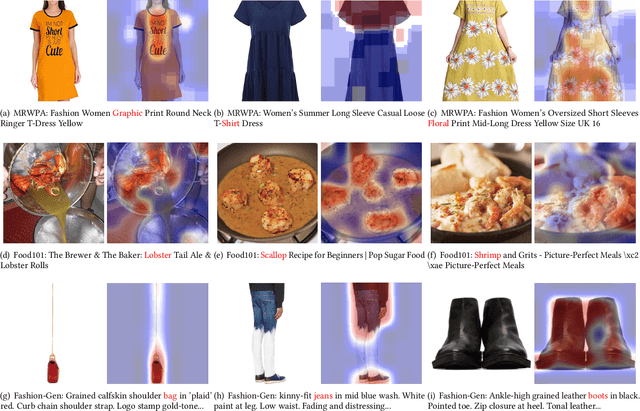
Abstract:Modern Web systems such as social media and e-commerce contain rich contents expressed in images and text. Leveraging information from multi-modalities can improve the performance of machine learning tasks such as classification and recommendation. In this paper, we propose the Cross-Modality Attention Contrastive Language-Image Pre-training (CMA-CLIP), a new framework which unifies two types of cross-modality attentions, sequence-wise attention and modality-wise attention, to effectively fuse information from image and text pairs. The sequence-wise attention enables the framework to capture the fine-grained relationship between image patches and text tokens, while the modality-wise attention weighs each modality by its relevance to the downstream tasks. In addition, by adding task specific modality-wise attentions and multilayer perceptrons, our proposed framework is capable of performing multi-task classification with multi-modalities. We conduct experiments on a Major Retail Website Product Attribute (MRWPA) dataset and two public datasets, Food101 and Fashion-Gen. The results show that CMA-CLIP outperforms the pre-trained and fine-tuned CLIP by an average of 11.9% in recall at the same level of precision on the MRWPA dataset for multi-task classification. It also surpasses the state-of-the-art method on Fashion-Gen Dataset by 5.5% in accuracy and achieves competitive performance on Food101 Dataset. Through detailed ablation studies, we further demonstrate the effectiveness of both cross-modality attention modules and our method's robustness against noise in image and text inputs, which is a common challenge in practice.
Learning Classifiers on Positive and Unlabeled Data with Policy Gradient
Oct 15, 2019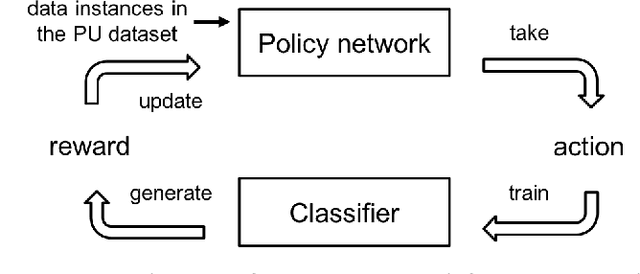
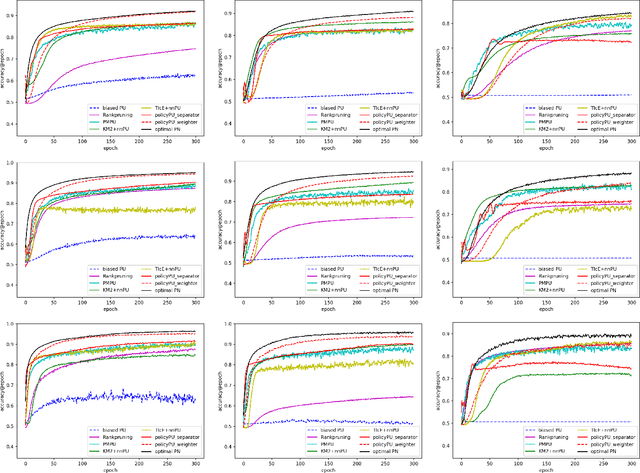
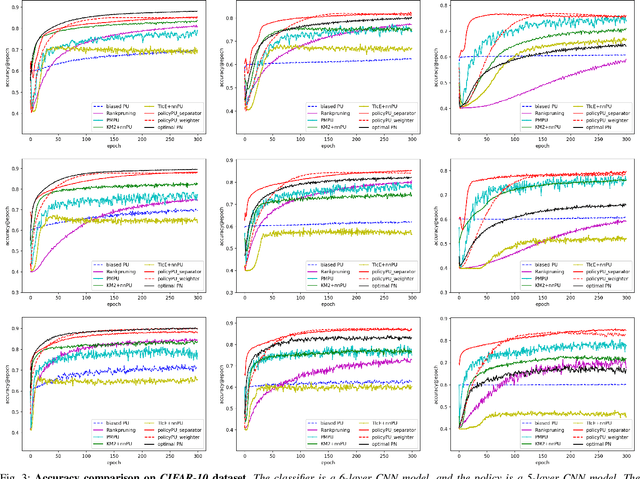
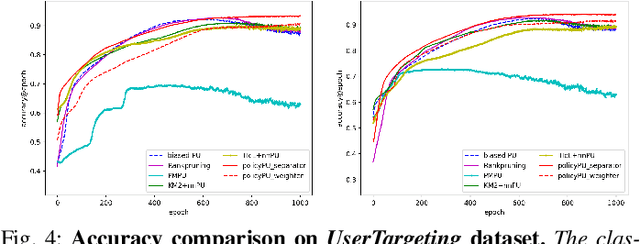
Abstract:Existing algorithms aiming to learn a binary classifier from positive (P) and unlabeled (U) data generally require estimating the class prior or label noises ahead of building a classification model. However, the estimation and classifier learning are normally conducted in a pipeline instead of being jointly optimized. In this paper, we propose to alternatively train the two steps using reinforcement learning. Our proposal adopts a policy network to adaptively make assumptions on the labels of unlabeled data, while a classifier is built upon the output of the policy network and provides rewards to learn a better strategy. The dynamic and interactive training between the policy maker and the classifier can exploit the unlabeled data in a more effective manner and yield a significant improvement on the classification performance. Furthermore, we present two different approaches to represent the actions sampled from the policy. The first approach considers continuous actions as soft labels, while the other uses discrete actions as hard assignment of labels for unlabeled examples.We validate the effectiveness of the proposed method on two benchmark datasets as well as one e-commerce dataset. The result shows the proposed method is able to consistently outperform state-of-the-art methods in various settings.
Newton Methods for Convolutional Neural Networks
Nov 14, 2018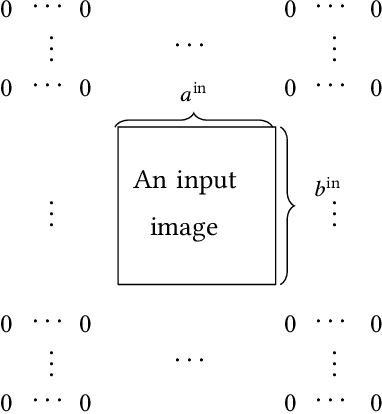

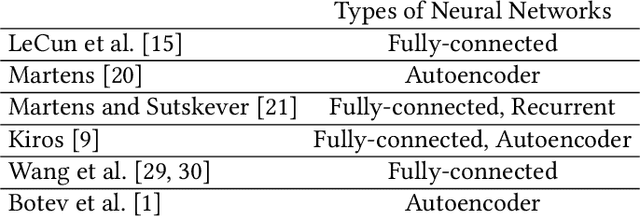

Abstract:Deep learning involves a difficult non-convex optimization problem, which is often solved by stochastic gradient (SG) methods. While SG is usually effective, it may not be robust in some situations. Recently, Newton methods have been investigated as an alternative optimization technique, but nearly all existing studies consider only fully-connected feedforward neural networks. They do not investigate other types of networks such as Convolutional Neural Networks (CNN), which are more commonly used in deep-learning applications. One reason is that Newton methods for CNN involve complicated operations, and so far no works have conducted a thorough investigation. In this work, we give details of all building blocks including function, gradient, and Jacobian evaluation, and Gauss-Newton matrix-vector products. These basic components are very important because with them further developments of Newton methods for CNN become possible. We show that an efficient MATLAB implementation can be done in just several hundred lines of code and demonstrate that the Newton method gives competitive test accuracy.
Distributed Newton Methods for Deep Neural Networks
Feb 01, 2018Abstract:Deep learning involves a difficult non-convex optimization problem with a large number of weights between any two adjacent layers of a deep structure. To handle large data sets or complicated networks, distributed training is needed, but the calculation of function, gradient, and Hessian is expensive. In particular, the communication and the synchronization cost may become a bottleneck. In this paper, we focus on situations where the model is distributedly stored, and propose a novel distributed Newton method for training deep neural networks. By variable and feature-wise data partitions, and some careful designs, we are able to explicitly use the Jacobian matrix for matrix-vector products in the Newton method. Some techniques are incorporated to reduce the running time as well as the memory consumption. First, to reduce the communication cost, we propose a diagonalization method such that an approximate Newton direction can be obtained without communication between machines. Second, we consider subsampled Gauss-Newton matrices for reducing the running time as well as the communication cost. Third, to reduce the synchronization cost, we terminate the process of finding an approximate Newton direction even though some nodes have not finished their tasks. Details of some implementation issues in distributed environments are thoroughly investigated. Experiments demonstrate that the proposed method is effective for the distributed training of deep neural networks. In compared with stochastic gradient methods, it is more robust and may give better test accuracy.
 Add to Chrome
Add to Chrome Add to Firefox
Add to Firefox Add to Edge
Add to Edge